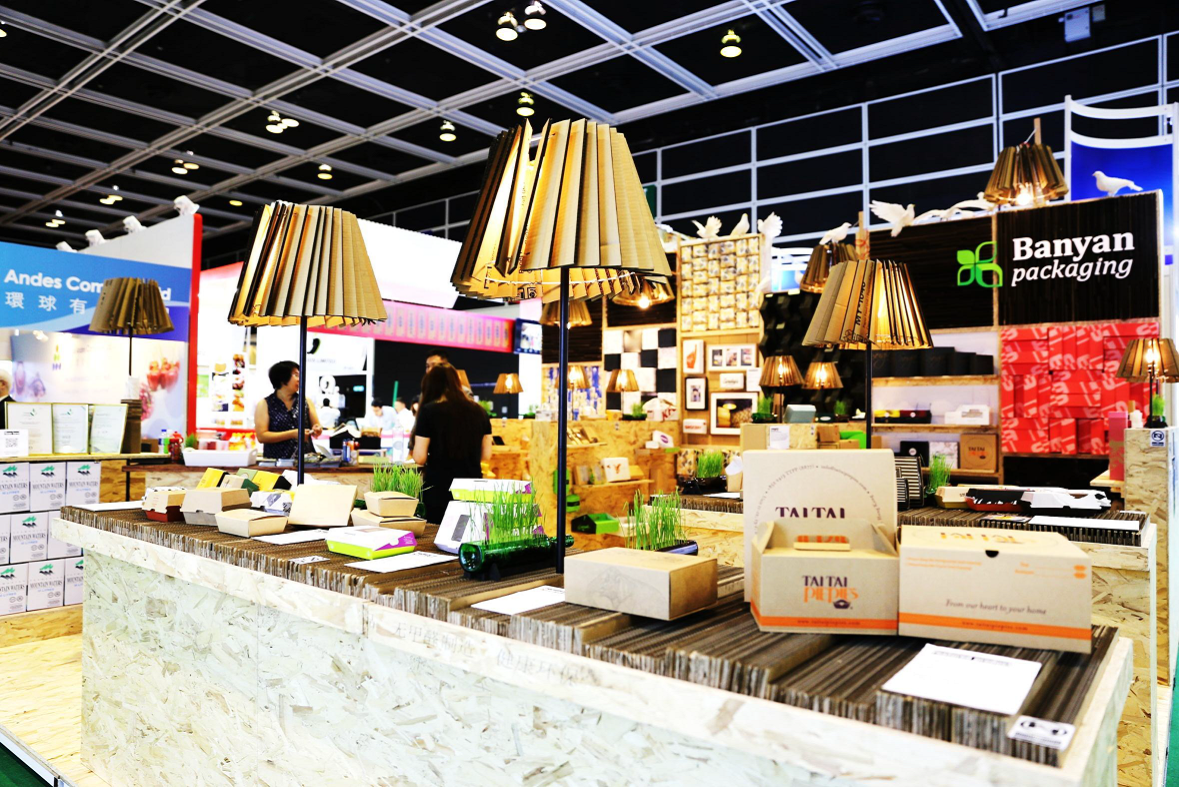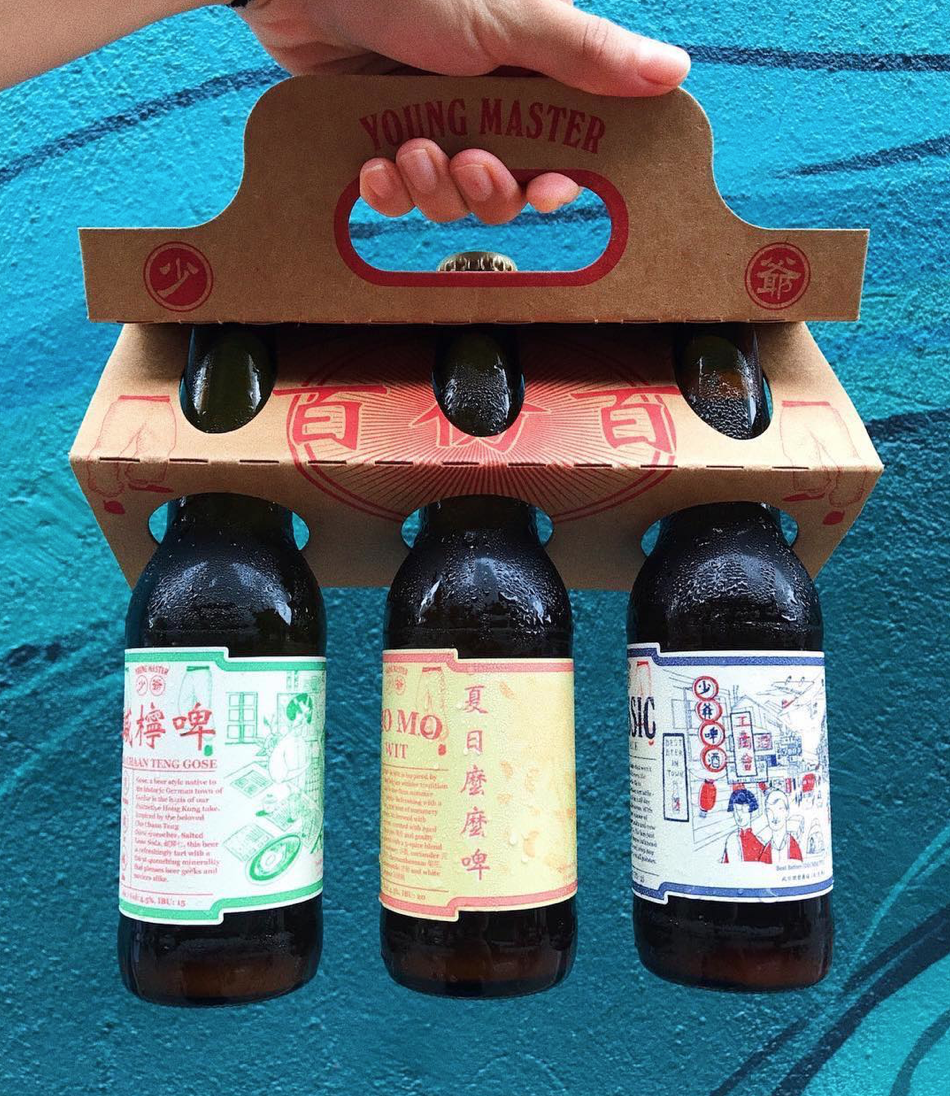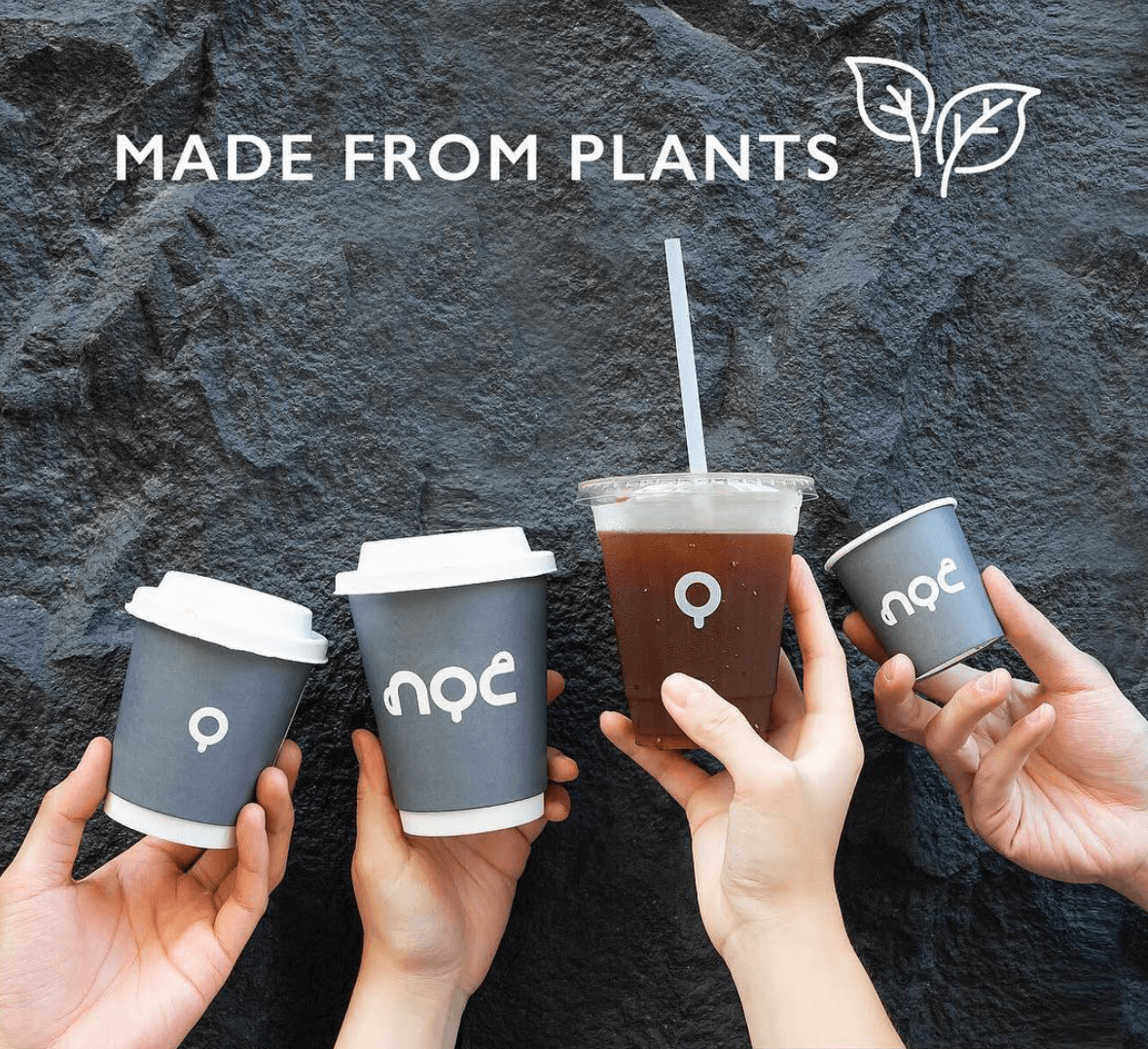【Glutinous Rice Balls with Peanuts】Think Inside the Box: Packaging for a Sustainable World
【Glutinous Rice Balls with Peanuts】Winnie Chan | Think Inside the Box: Packaging for a Sustainable World
A bit about yourself:
I did Environmental Geoscience in the University College of London and went on to do a masters in Corporate Environmental Governance in the University of Hong Kong. I worked at the sustainability department of a large company in Hong Kong and participated in the United Nations Framework Convention on Climate Change – COP15 meeting held in Denmark in 2009. Having helped to manage my family’s paper product business, I’ve developed a deep knowledge of packaging, especially the raw materials, packaging design and manufacturing techniques of paper products.
1 / What makes a good meal?
The most important aspect of a meal is the people you are with. So long as you are with your beloved family and friends, the topics are endless and what you are eating doesn’t matter – even if it’s just fish balls from street stalls.
2 / Tell us about Banyan Packaging and Fabpak.
Banyan Packaging provides eco-packaging solutions and products and Fabpak is one of the social-media platforms we manage, through which we hope to share more eco- and sustainable food packaging products, designs, and projects with a wider audience.
A defining moment in the development of Banyan Packaging was our first-ever exhibition in Hong Kong back in 2015. Knowing much of the materials would go to waste after the exhibition, we collaborated with OOObject – a green design firm specialising in materials regeneration. It worked like a charm. Not only did they recycle the exhibition materials they used half a month ago, the designer also thoughtfully utilised our production trimmings to decorate the booth.
Our exhibition booth was decorated with lampshades made of cardboard, as well as plants potted in upcycled red wine bottles. These details piqued the visitors’ interest; some even wanted to purchase the exhibits directly. The exhibition still fuels my work to this day and reaffirms the meaning and purpose of running a sustainable business.
Our packaging solutions and products are designed and produced on the principles of a circular economy. I formulate appropriate eco-packaging plans according to the client’s operational style and needs, such as the availability of recycling or collection facilities at their premises.
3 / What do you prioritise when choosing sustainable materials?
Our current focus is on providing packaging made from renewable resources, such as paper products, pulp, bagasse, PLA (polylactic acid)*, wood, bamboo, etc.
I keep abreast of sustainable packaging R&D to see what directions the industry is going in. Global environmental standards are also an important reference point. For instance, the EU has banned the sales of oxo-biodegradable plastic since July 2021 under its Directive 2019/904 on single-use plastics (SUP). Although Hong Kong has yet to legislate on this, we have already stopped providing this type of plastic a few years ago.
When it comes to appearance, we want our material to be versatile, presentable, and aesthetically pleasing. Since we are providing "packaging" solutions after all, we are particularly interested in projects with design requirements.
As the government begins to control resources more effectively, we will start focusing on matching the selection of materials with the future resource recovery channels in Hong Kong.
*PLA is derived from renewable resources – an eco-friendly biopolymer made from sugars in corn starch, cassava or sugarcane. It is 100% renewable, biodegradable and compostable (under conditions suitable for composting).
4 / What is the current market situation for sustainable utensils in Hong Kong? How does that inform your hopes for 2030 - an important target for global climate goals?
I have noticed gradual improvement in environmental awareness over the years and even a quantum leap especially for the past two year under COVID-19. I remember handling The Forest Stewardship Council certification (FSC) requirements for overseas corporations more than ten years ago; discussing the difference between “biodegradable” and “compostable” to my clients five years ago. We started to introduce pulp cup lids as an alternative to plastic cup lids four years ago, and now they are everywhere in Hong Kong. In the drinking straw movement three years ago, we helped source paper straws and other more eco-alternatives for hotel and restaurant chains.
Currently, there is no large-scale composting facility available in Hong Kong. but I am grateful that some of my clients would go the extra mile, paying extra for composting and processing compostable tablewares and EcoCups by other agencies. Apart from sending our EcoCups for composting, you can also send the cleaned EcoCups to Mil Mill, who will recycle them into paper pulp.
By 2025, I hope there will be a clearer direction of resource management in Hong Kong. For example, which packaging materials will be eliminated or will be widely applied and efficiently be recycled? If disposable products will be banned, what alternatives or options are there for local businesses to adapt?
5 / Share your meatless recipe.
【Glutinous Rice Balls with Peanuts】
I’d like to share my mother’s recipe for glutinous rice balls. It was one of my favourite snacks as a child and what I always brought to school potlucks.
My mother is a very efficient person. Whenever there was a potluck, she would make something which required the least efforts. We’d each carry two jars, one for the dough, another for the sugar, peanuts and sesame powder.
Compared with snacks regularly featured in potlucks, like agar-agar jelly cake, jelly, chicken wings, or pineapple & sausage, the less-common glutinous rice balls were naturally a big hit.
Nowadays, glutinous rice balls seem to be getting harder to find, only old-style dessert shops seem to serve them. Sharing this piece of childhood memory makes me want to taste this snack made by my mother once more.
Serves: Other (makes 8 rice balls)
Total cooking time: 30-45 mins
Ingredients:
60g glutinous rice flour
60ml lukewarm water
15g peanuts
1 tsp white sesame
5g sugar (optional)
30g slab sugar
200ml water
Steps:
Pour the 60ml water into the rice flour slowly, allowing the flour to fully hydrate. Knead until you get a smooth, non-sticky dough.
Roll the dough into a strip. Divide into 8 portions. Roll into small balls.
Put the white sesame into the pan and toast over low heat without oil.
Put the peanuts into a ziplock bag and crush them. Mix with the toasted white sesame and sugar (optional). Mix well and set aside.
Boil some water over medium heat. Add the glutinous rice balls, stirring to prevent them from sticking to the pan. They are fully cooked when they start floating to the surface of the water.
Boil the 200ml water in another pot for which you have a lid. Add the slab sugar and cook under medium heat until it becomes a sweet soup.
Add in the cooked rice balls, stirring to prevent them from sticking together. Cook for 8-10 mins over low heat with the lid on. Sieve out the glutinous rice balls when ready.
Sprinkle with crushed peanuts and sesame mixture. Serve!
Note:
Recommend not to add the sugar in the peanut mixture because there is the sweet soup already
You can also add other toppings you like, such as desiccated coconut, coconut flakes, or add some ginger when making the sweet soup










